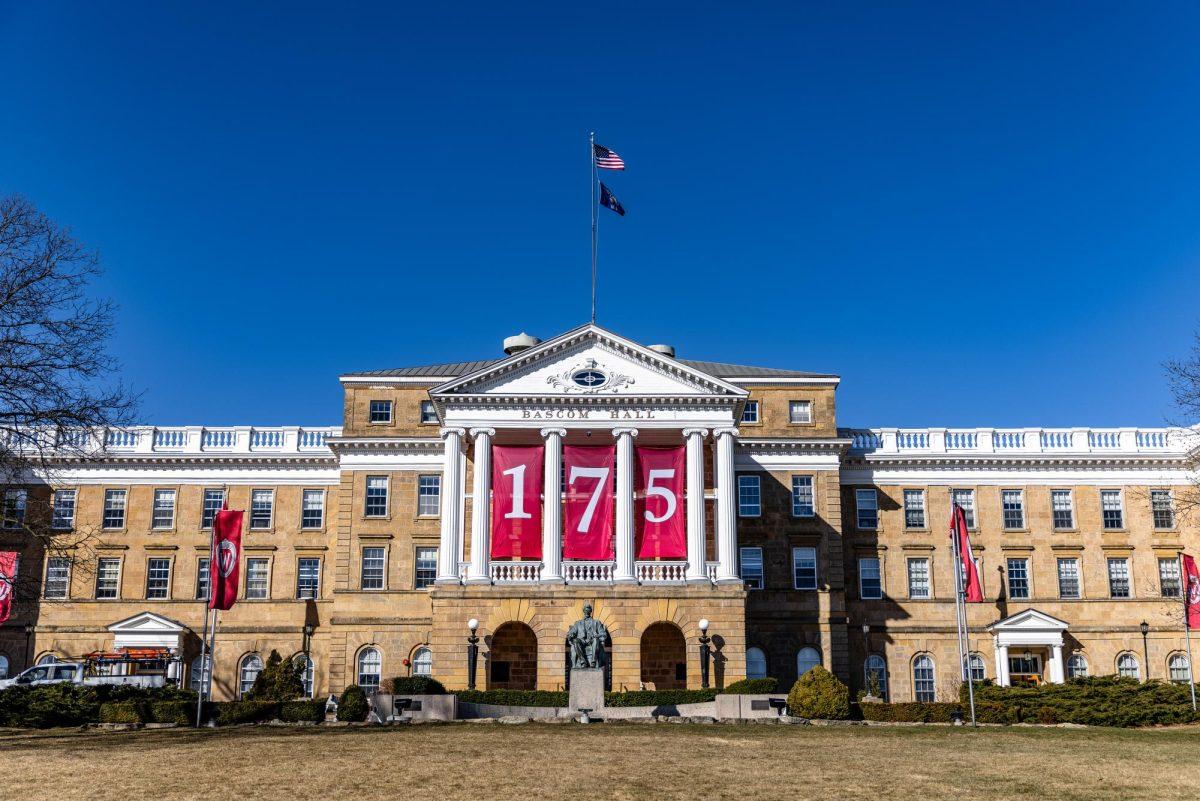The University of Wisconsin recently launched a research partnership with Japanese Ehime University designed to develop a technology that will allow scientists to map the shapes and structures of genetic proteins more easily than before. The partnership is part of an agreement with the UW Center for Eukaryotic Structural Genomics, the Wisconsin Alumni Research Foundation, Japan’s Ehime University and the Japanese biotechnology company Cell-Free Sciences of Yokohama.
The agreement, signed last week, makes the UW Center for Eukaryotic Structural Genomics the only “beta test” site in the U.S. for a system to make large quantities of purified protein that biochemists need to decode hundreds and thousands of protein structures.
According to UW biochemistry professor John Markley, this program will help to create a better understanding of protein-based diseases, and provide fundamental new information about the building blocks of all living beings, from bacteria to plants to people.
Markley said the pilot project, sponsored by the National Institutes of Health Protein Structure Initiative, will use nuclear magnetic resonance spectroscopy and X-ray crystallography to visualize the twists, folds and shapes from each protein’s structure.
“Right now, it typically takes a year to solve the structure of just one protein and costs between $100,000 and $200,000,” Markley explained. “What our group, as well eight other PSI pilot projects around the country, have found is that protein production represents the major bottleneck in solving structures more quickly and inexpensively.”
Markley also thinks that this technology will potentially open up protein production again. The added convenience could then help scientists to map the human proteome and get to know the structure of abnormal proteins. Scientists can also engineer alterations into proteins or protein fragments to create new protein-based pharmaceuticals.
Natalie Yau, a UW junior majoring in biochemistry, thinks it is a great idea.
“It takes a long time and a lot of work to find out the structure of protein, since different proteins are growing in different conditions,” Yau said. “It is necessary to do a lot of trails in order to figure out the optimum condition for crystallizing proteins, which is a way to figure out the structure.”
Yau noted that previous projects were based on E. Coli, and the results of the current research might be very useful when applied to human beings.
UW biochemist Dmitriy Vinarov agrees there are very exciting possibilities on the horizon.
“We’ve already demonstrated we can use the wheat germ extract by hand to produce enough protein for structural analysis,” Vinarov said. “The automation will now allow us to evaluate this technology as a possible high-throughput method of protein production.”
Though Markley feels the system still needs validation, he has high hopes. “This system could become the new platform for large-scale, cell-free protein synthesis. We’re very pleased this collaboration is moving forward.”










